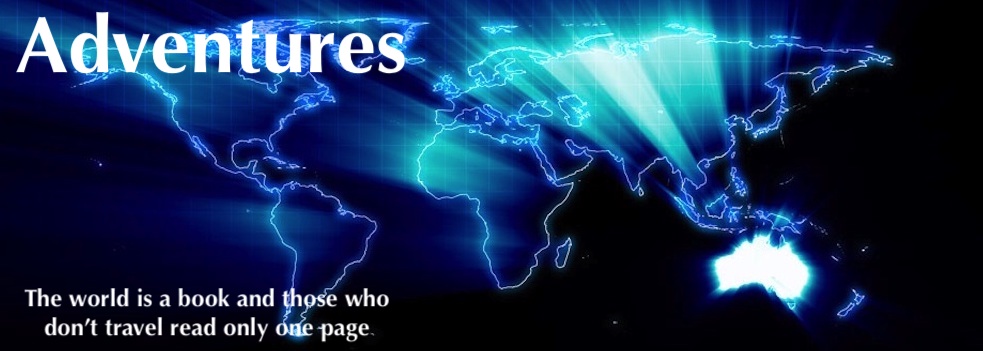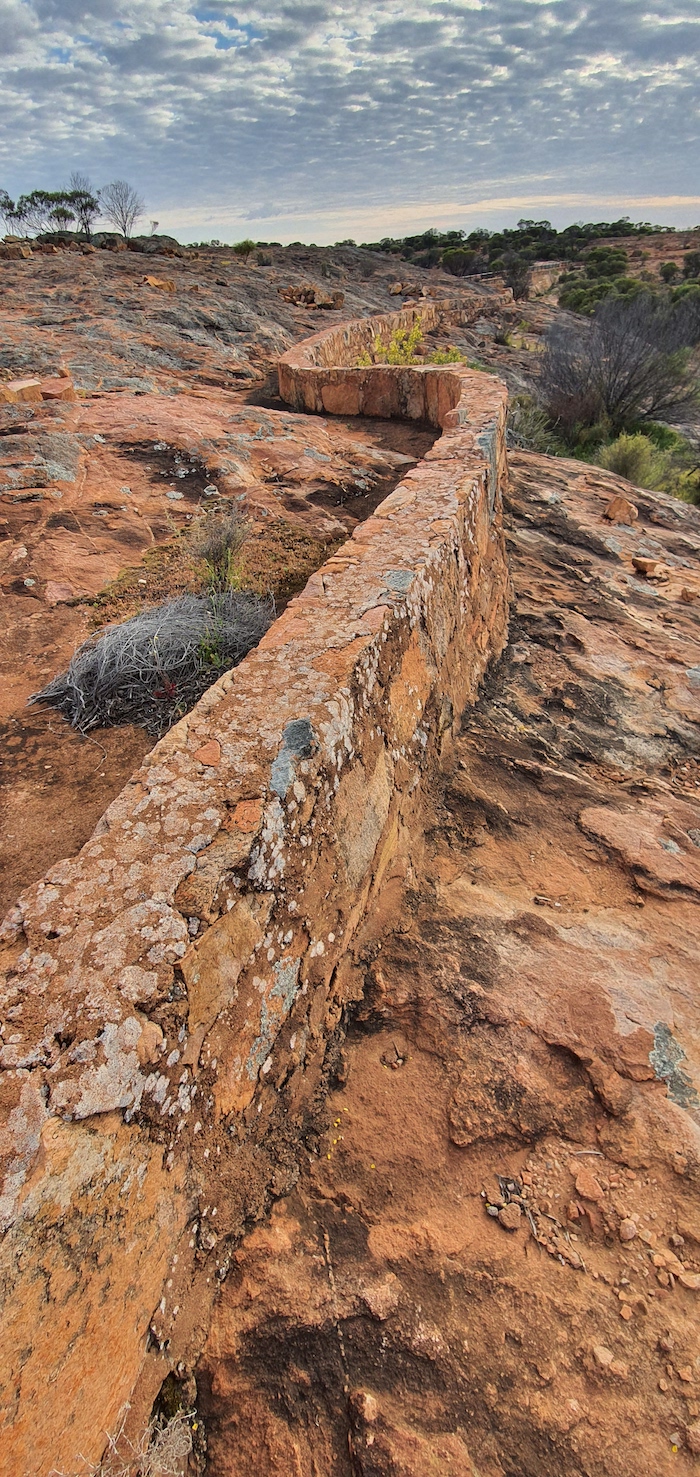Notes/Disclaimers
No single commercially available insect repellent is effective against all the biters that are likely to be encountered in Australia.
Different species of flies and mosquitoes react differently to particular repellents and therefore more than one product may be needed to stay bite-free.
No insect repellent will deter stingers such as bees and wasps.
The information listed here is time sensitive. Manufacturers may have changed the name and/or composition of their products or they may no longer be available.
New, more efficacious products may be available.
Ingredients of Insect Repellents
- N,N-diethyl-m-toluamide (diethyl toluamide) (deet)
This is a powerful mosquito repellent, particularly against the culcine species, carrier of Murray Valley encephalitis and the Ross River virus.
- 2-ethyl-1,3 hexanediol (ethyl hexane diol) (e-hex)
This is a good mosquito repellent against the other main group of mosquitoes, anopheline, which carry malaria.
- di-n-propyl isocinchomeronate
This will repel bush flies.
- N-octyl-bicycloheptene dicarboximide
This will repel bush flies.
- bisbutenylene tetrahydrofurfural
Repels stable flies and other biting flies.
- Pyrethrins
Kills insect on contact.
- Tetramethrin
Repels and kills insects.
- Bioresmethrin
Repels and kills insects.
Application
Coat all exposed skin with the repellent. Mosquitoes will find any point not covered. Some insects will bite through clothing so it is important that the repellent is also applied to clothes. Increase the quantity of insect repellent applied to increase the protection.
Keep away from eyes, nose and mouth and, in the case of deet, away from the groin, skin folds and other sensitive areas. Do not apply to spectacle frames or plastics.
Duration of Protection
The length of protection is dependent on many factors, such as temperature and wind. High temperatures will reduce the duration of protection. Exposure to even a gentle breeze can reduce the length of protection by up to half.
Where clothing rubs on skin, repellent will lost rapidly. Swimming, showering or being rained on will wash off most repellents. Sweating also reduces efficacy (desired effect) and at the same time attracts insects. Obviously, reapply as efficacy reduces.
A good repellent will provide four hours protection under ideal conditions. Wind and water reduce the amount of time a repellent is effective.
| BRAND | TYPE | DIETHYL TOLUAMIDE |
PROPYL -ISOCIN-CHOMERANATE | N-OCTYL- DICARBOXIMIDE |
| Aerogard | Spray | 190.0 | 43.5 | 10.0 |
| Aerogard | Lotion | 170.0 | 49.5 | 18.0 |
| Aerogard | Roll On | 114.7 | 41.8 | 27.7 |
| Skintastic | Spray | 69.7 | n/k | n/k |
| Rid | Cream | 160.0 | 10.0 | 20.0 |
| Rid | Roll On | 160.0 | 10.0 | 20.0 |
| Rid | Spray | 100.0 | 20.0 | 15.0 |
| Off | Spray | 190.0 | 43.3 | 10.0 |
| Pea Beu | Spray | 52.2 | 11.0 | 11.0 |
| Scram | Spray | 90.0 (E-hex) | 40.0 | 8.0 |
© Kim Epton 2013-2025
425 words.
Feel free to use any part of this document but please do the right thing and give attribution to adventures.net.au. It will enhance the SEO of your website/blog and Adventures.
See Terms of Use.




